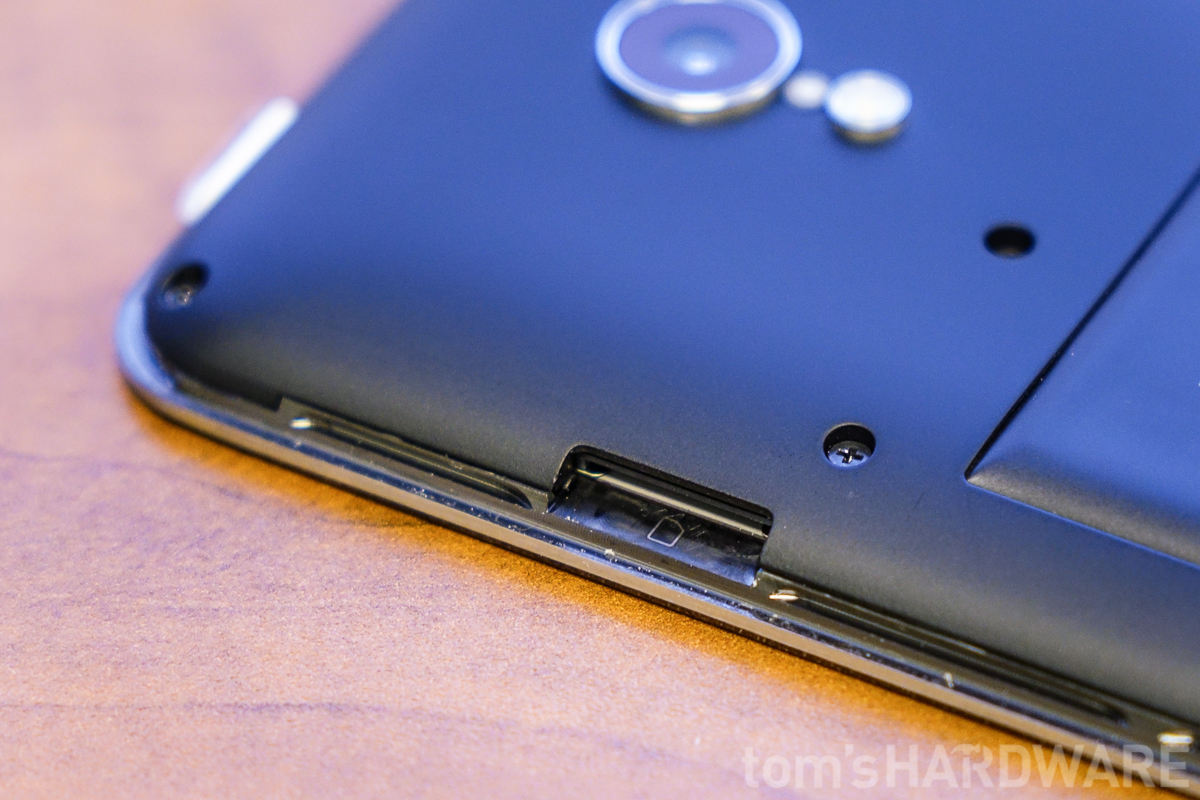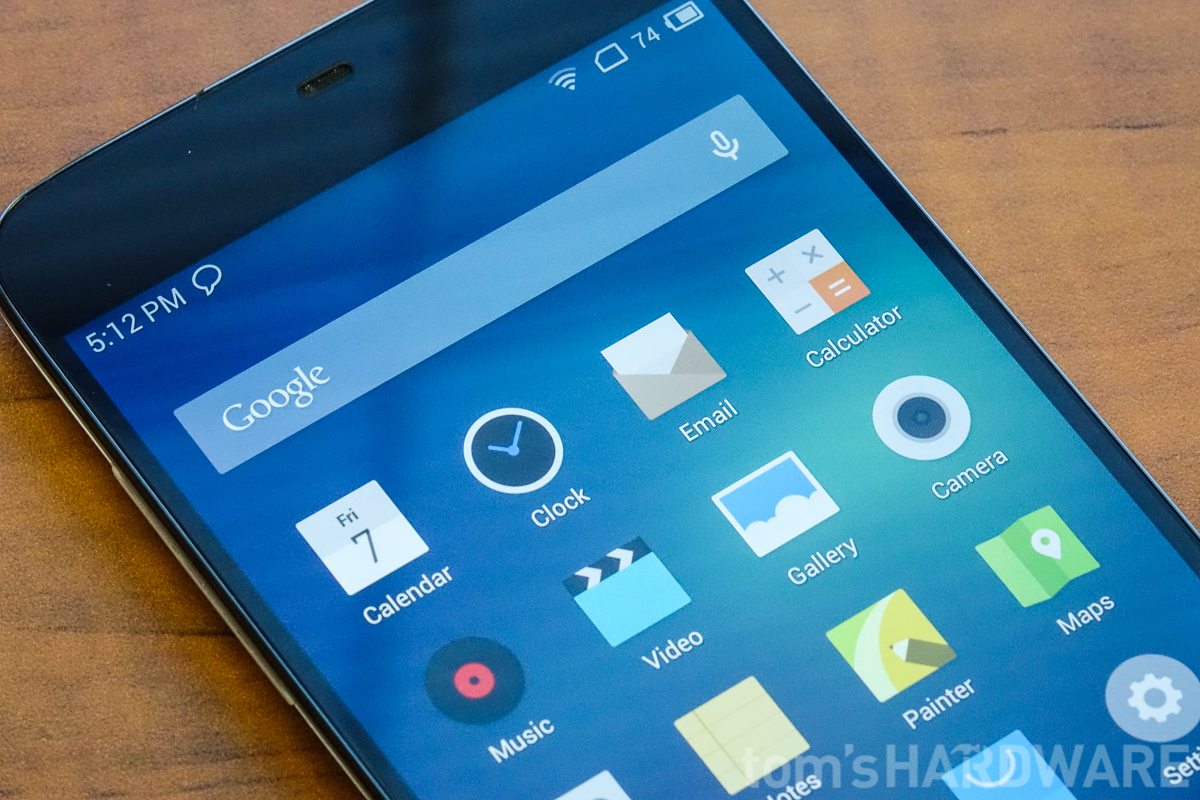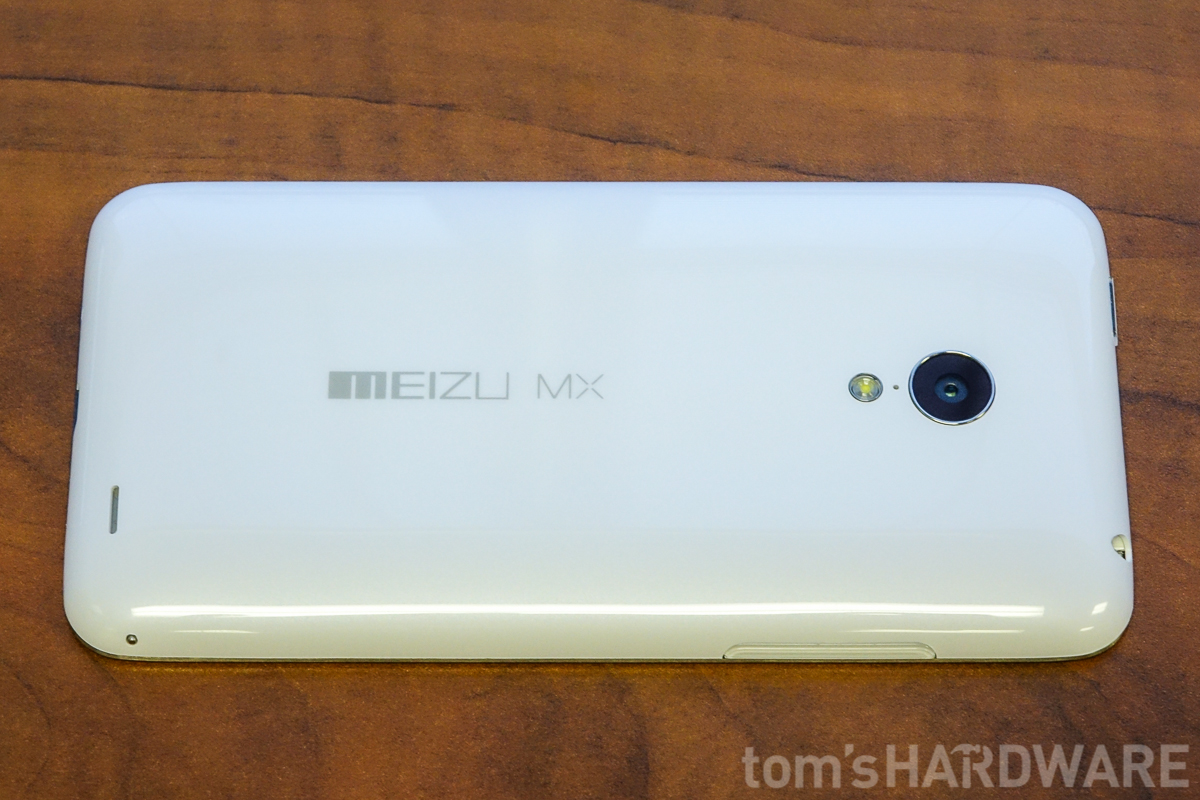Meizu MX3: Hands-on Video of a Top Chinese Smartphone
Meizu’s MX series of Android smartphones are some of the most popular in China, and in 2014 Meizu is planning to release a new handset in North America. Not content to wait, we had the company sent us its current flagship, the MX3, to inspect.
While many people probably still think of Chinese phone manufacturers as producing cheap knock-offs of Western and Korean designs, companies like Meizu, Oppo, and Xiaomi have been making high-quality original handsets for a number of years now. Unfortunately, until recently it’s been hard for North American phone enthusiasts to get their hands on these devices. Oppo was the first vendor to make its products easily accessible to a global audience (we recently reviewed the Oppo Find 5), and now Meizu has announced that it’s also coming to North America. We caught up with the company at CES, where its current flagship, the MX3, was on display. While the MX3 won’t be the actual device that’s formally launching stateside, it is a showcase of what Meizu is capable of building. For North American gadget enthusiasts who really want to own a Meizu now, the company has partnered with a number of online retailers to make the MX3 available over here as well.
The MX3 was originally released in China in October 2013, and this is a modern large-screen Android smartphone in every sense of the word. It has a 5.1-inch IPS 1080p display, and is powered by Samsung's Exynos 5 Octa SoC. The MX3 is also very well made, utilizing plastic, magnesium, and steel in its construction. While it’s not the most powerful Android phone out there, it’s still a very respectable device, and it demonstrates that Meizu is certainly a handset manufacturer for Android enthusiasts to keep a close eye on.
Meizu MX3 Tech Specs
The MX3's Samsung Exynos 5 Octa 5410 SoC implements ARM’s big.LITTLE processing architecture, and while advertised as an eight-core CPU, the 5410 actually has four Cortex-A15 CPU cores along with four less powerful Cortex-A7 cores. Workloads are divided between cores, with the hopes that less processor-intensive tasks can run on the slower cores, thus saving power. Unfortunately, the GPU used in the Exynos 5 Octa is PowerVR’s three-core SGX 544MP3, which isn’t particularly powerful.
The screen of the MX3, however, is quite impressive. The 5.1-inch IPS panel has excellent viewing angles and color reproduction. The panel also sports a unique aspect ratio and screen resolution at 15:9 and 1800x1080 respectively. The side bezel is also incredibly slim at just 2.9 mm (0.11”), making the MX3 nice and compact despite being a five-inch handset.
The MX3 runs Meizu’s own Flyme OS 3.1, which is a heavily customized version of Android 4.2. Like many Chinese ROMs, Flyme OS features no app drawer, but instead houses every app on the homescreens themselves - like in iOS.
Unfortunately, the MX3 does not support LTE, which has become the de facto standard for North American handsets. The fastest speed that the MX3 supports is HSPA+, and although that’s still plenty fast for most smartphone data use, the bigger issue is the MX3’s lack of supported North American bands. This will definitely affect how usable the MX3 is for North America users, from both a coverage and network performance standpoint.
| SoC | Samsung Exynos 5 Octa 5410 |
|---|---|
| CPU Core | 4 x ARM Cortex-A15 @ 1.6 GHz4 x ARM Cortex-A7 @ 1.2 GHz |
| GPU Core | Imagination Technologies PowerVR SGX544MP3 (3-core) @ 533 MHz |
| Memory | 2 GB DDR3 |
| Display | 5.1" 15:9 IPS @ 1800 x 1080 (415 ppi) |
| Battery | 2400 mAh (non-removable) |
| Cameras | 8 MP Rear, 2 MP Front |
| Bands | GSM: 850/900/1800HSPA+: 850/2100 |
| Software | Google Android 4.2.1Meizu FlymeOS 3.1.1 |
| Price | $330 (16 GB), $430 (32 GB) |
The MSRP of the MX3 was recently reduced in China, with the 16 GB model now priced at $330 and the 32 GB variant at $430. Meizu’s official online reseller of the MX3 for global buyers has the 32 GB version on sale for $450, which is a pretty reasonable price for a phone with the MX3’s specs.
Get Tom's Hardware's best news and in-depth reviews, straight to your inbox.
Hands-On First Impressions
We'll cover the MX3's hardware design, screen, and hardware specs in the first part of our hands-on video.
In part two, we cover the camera and Flyme OS.
You can see recent and comprehensive results of how the MX3 performs in GFXBench 3.0: A Fresh Look At Mobile Benchmarking.
Parting Words
Meizu has created a pretty impressive piece of hardware. While the MX3 is not the most powerful phone on the market, the performance deficit between it and newer handsets isn’t that noticeable during typical daily use. The design and build quality is as good as any of the familiar players in the Android space, and the 5.1-inch screen is simply gorgeous.
But despite all the positives and great price, the bottom line is that we wouldn’t recommend anyone in North America buy the MX3, simply for one reason: connectivity. Without LTE support, and with only one HSPA+ band being compatible with North American carriers, you’d probably be in for quite a bit of heartache if your carrier’s 850 MHz band isn't the best.
That said, the one takeaway we have from our time with the MX3 is that we can’t wait to see what Meizu has in store for with the MX4, which is to be designed with the North American market in mind. If the company can produce a smartphone with the same build quality and a similar design as the MX3, but with newer, more powerful silicon inside, LTE support, and still manage to sell it unlocked at a competitive price, Meizu could have a real winner on its hands.
Follow Alex and Tom’s Hardware on Twitter.
-
greghome Eynos? Why not MTk, they cost like 10x less while offering more or less the same thing?Reply -
nebun i love it how all the high rez smartphones use IPS tech....Steve Jobs said that oled was dead tech....nice very niceReply -
chaospower ReplyEynos? Why not MTk, they cost like 10x less while offering more or less the same thing?
The MTK offers 8 relatively weak A7 cores, while this has 4 of those and 4 badass a15 cores. -
Duckhunt Here it is, american know-how exported overseas and they sell it back to us. The USA does not have enough graduates and enough jobs for the graduates. Where is this going?Reply -
alextheblue Some of the Exynos chips are pretty nice. This one is kind of half and half. The CPU side is pretty decent. But they're still using Series 5 PowerVR chips, and only a 3 core at that! The Series 6 cores are MUCH better. On top of that, the Android 4.2 derived OS will drag it down compared to an otherwise identical device with 4.4. I'm not entirely against Android forks but I'd want stock Android on a smartphone over any fork or even custom UI.Reply
Also, Google hates forks and has moved a lot of their code away from core semi-open-source Android into closed source "apps and services", which harms forks in general. But to me that's ridiculous, if you didn't want forks, don't pretend you're all pro open source in the first place! -
Blazer1985 Mmmmh rounded edges, round home button... Apple's lawyers better start learning chinese :-DReply



